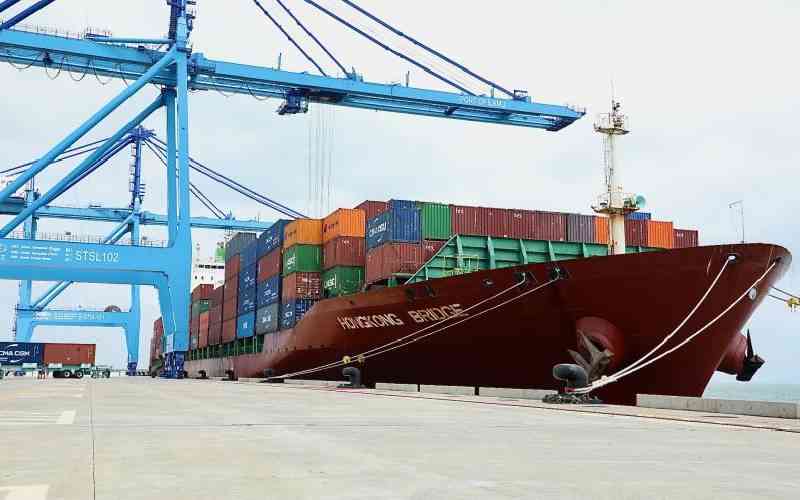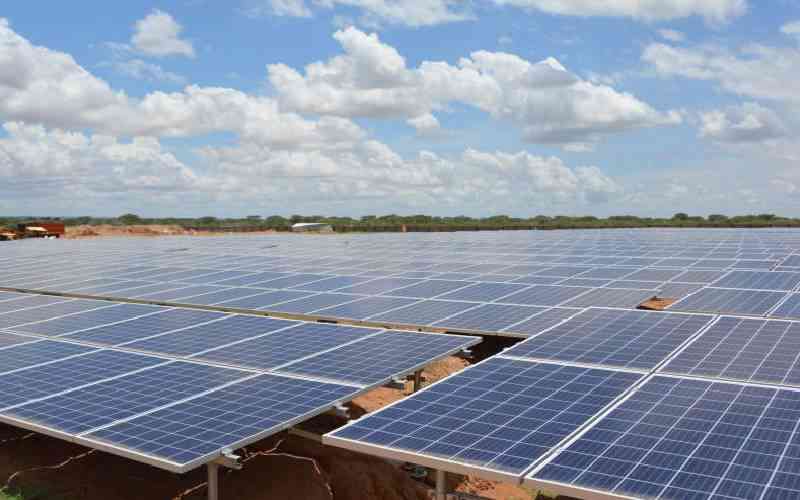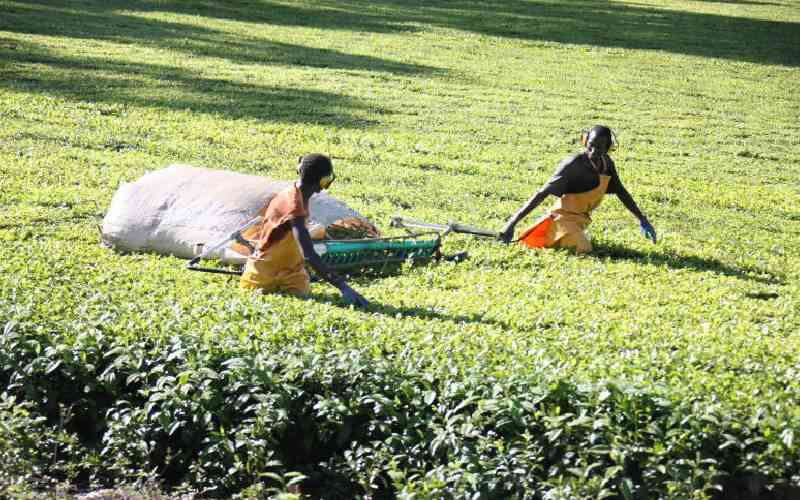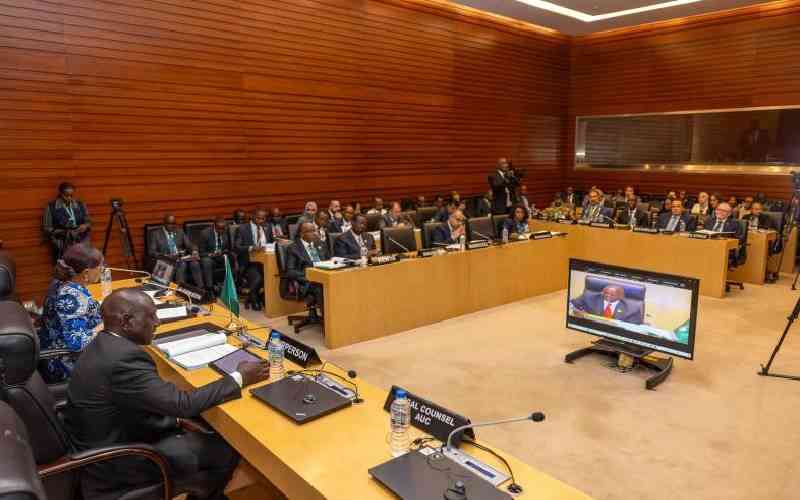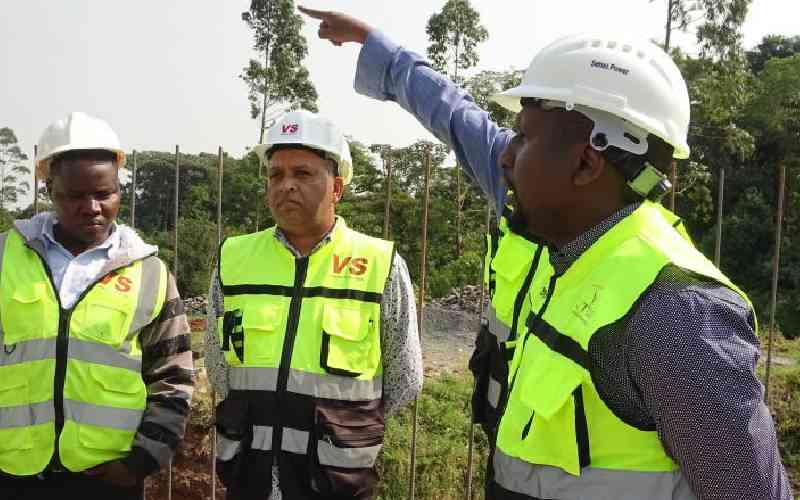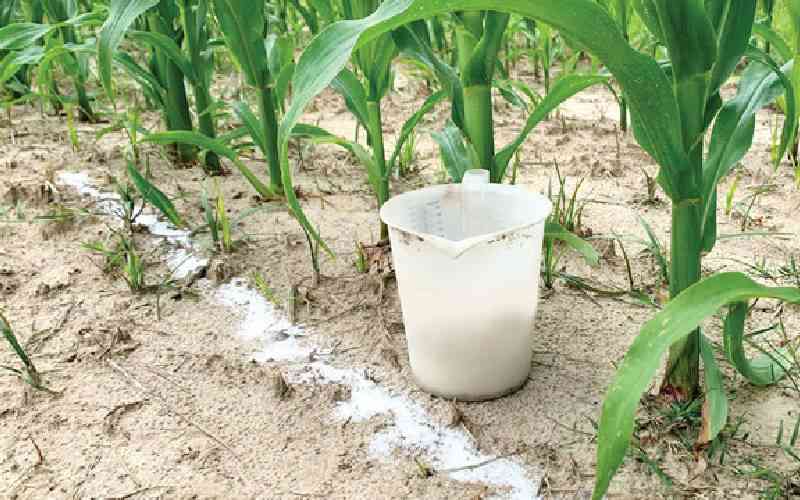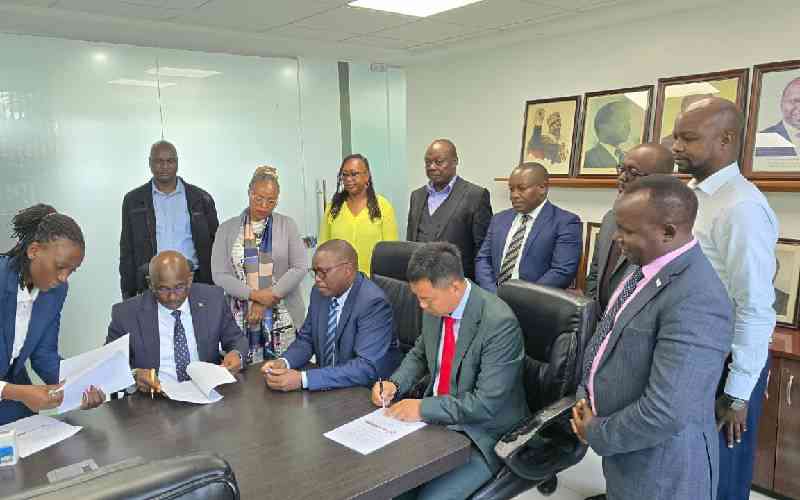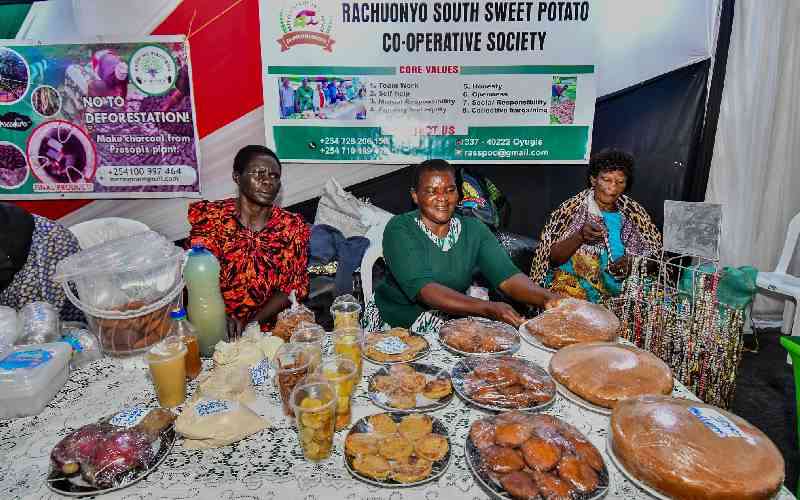
This is the third letter from South Africa, the only country in Africa with “Africa” in its name. You can contest the Central African Republic.
Curiously, the South African internet domain is .za. Its proposed name before her independence was Azania, hence .za. Some South Africans are proposing the name change to Azania to delink the country from its colonial heritage.
Still on names, many South Africans, particularly in KwaZulu-Natal, use their traditional names, such as Nxumelo, Kunene, Makhozana, Xolani, and Qhubekani, among others. Never came across Jayden, Chloe, Kate or Liam.
My Kenyanness could not stop me from knowing that foreigners can buy land in South Africa. Could that explain why there is so much “empty land” in South Africa besides the legacy of apartheid? Does this open ownership bid the price of land upwards?
My other Kenyanness was the allure of the big city, visiting Durban, which is 170km from Empangeni. It feels nearer except for the tolls, about 100 Rands one way (about Sh700). South Africa has great freeways; I never heard of superhighways.
Durban is an old city with a lot of Indian influence. They came to work in the sugar cane plantations just like those who came to build our railways. Mahatma Gandhi once lived there, and a street is named after him.
One of the key attractions is an aquarium, the shape of an old ship. I loved the graceful sharks.
Durban is a distributed city, not concentrated like Nairobi in one place. In Durban, I found the Kibras, Kangemis, Kondeles, Karagitas and Githogoros; small houses made of mabati (iron sheets) on hilltops or slopes.
For once, it was not in statistics but with my own eyes; the gap between the rich and the poor in South Africa is so glaringly evident.
Such houses are also in other big cities. Paradoxically, you can’t find such houses in the rural areas, often flaunted as poor, both in Kenya and South Africa.
The other attractions are the beaches, which are open to the public and with enough space for parking and walking around. No hotel or house is built next to the beach. Kenya is one of the most selfish countries in the world in reference to beaches.
They are all “choked.” We are told beaches are open to the public, but how do you get there? Why do we think recreation in Kenya is only for the affluent? Even the beaches of Manhattan Island, in the US, are open to the public.
My interest in Durban City was peripheral. My destination was a small town, eMkhomazi, 50km south of Durban along the Indian Ocean. The Zulu language loves putting a vowel before names. Nairobi would be eNairobi. That indicates a place. My Zulu name is Xolani. My destination was a retirement village built on a hill overlooking the Indian Ocean. Occasionally, one can see whales breathing and waves breaking.
Stay informed. Subscribe to our newsletter
Our host was Rosemary Combes. Her father owned a house in my village where teachers and policemen lived.
It’s now part of a secondary school and partially destroyed: in a school where one of the subjects taught is history. The house was built by Italian prisoners of war. The nearby stone quarry was long abandoned. Rosemary left Kenya in 1962. Her father, Kenneth Wilfred Nunn (Rufus), like many Britons and Afrikaners, came to South Africa.
Others left for the UK, Australia and other places. A few remained and still call Kenya their home. Dual citizenship must have made their lives easier.
Her father bought the house and land from an Afrikaner (Boer or kaburu), Jacobus De Wet (1894-1986).
Charlie Van Dyk, himself a Boer, helped me solve the mystery. His father farmed in Laikipia, near Kinamba Town.
The design and location of the retirement village left me thinking: the views are stunning for the elderly who have plenty of time.
The houses are functional, small bungalows. She explained how the elders have downgraded, selling their big houses in SA or abroad and buying into the retirement homes.
She explained how you buy the rights to live there, with the village owners retaining the ownership. Once you leave the planet, the rights are sold to someone else at the market price. Why are we reluctant to accept downgrading and our mortality?
At 85, she offered us a beer. She took one too. She told us she was stocking beer for her son visiting from England.
My mum stocking beer for me? Does she even know I take beer, let alone fermented uji (porridge)? The snack was a toasted sandwich with cheese and tomatoes.
A Malawian couple took me there. I noted that after our snack, the Malawian lady helped the host clear the dishes. Out of curiosity, would she have done it if she were Kenyan?
It got more interesting. Rosemary was not amused to see me using a calculator (my phone) to calculate the number of years since she left Kenya (2025-1962).
“I thought you were a professor?” she quipped. “I prefer more complicated things,” I responded, with everyone busting into laughter.
But it was more than the use of the calculator. She explained that in the retirement village, they are given mental exercises to keep their brains active.
Using a calculator was atrophying my brain. I got the point, and we should all get it. How do we keep our brains active?
She reminisced about some of her father’s neighbours and workers before we said a hearty goodbye.
Another two hours’ drive, and I was back to Empangeni. After getting the name of the original owner of the big house in my village, which took me nine years, the mystery of the buyer, Kenneth Wilfred Nunn (Rufus), was finally be put to rest.
He was nicknamed Kihuko (big mole) because he had red hair. He was born in 1915 in Suffolk, England, and escaped from Dunkirk during World War II.
He came to Kenya in 1955 as a farm manager for Harold White, who owned the Lesirko Farm in Ol Kalou.
He bought the Penrose Farm near Nyahururu (Thomson Falls) around 1958. He died in Anerley, KwaZulu-Natal, in 1995. He was cremated and the ashes scattered at sea.
